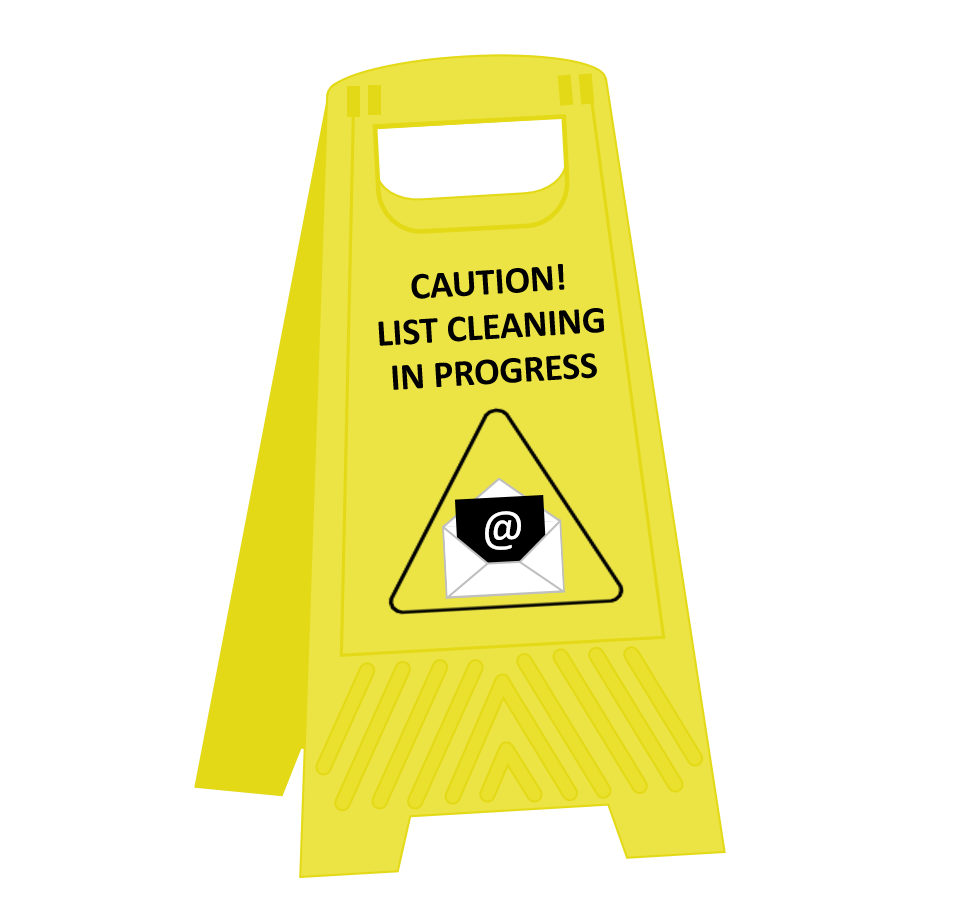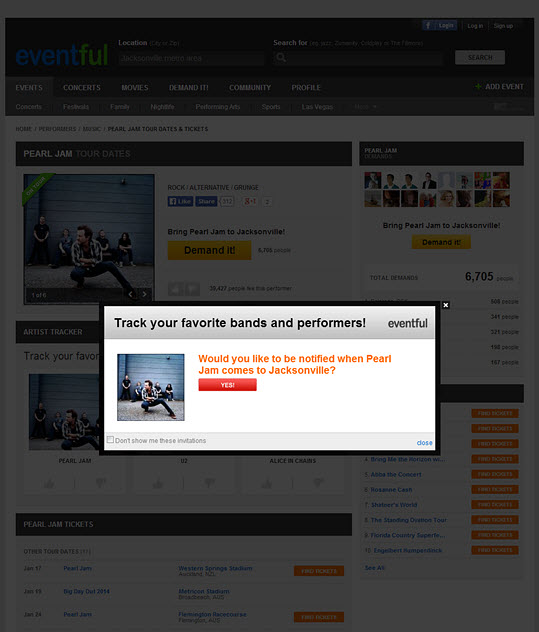Email List Hygiene: Remove four kinds of bad addresses to improve deliverability
Your email database is the foundation of your email marketing. Haphazardly adding names can invite irrelevant subscribers and invalid email addresses — which weaken your foundation.
Inspired by our upcoming Optimization Summit, I went back to my notes from our recent Email Summit to reinforce what I learned about email deliverability. I found some great information on bad email addresses and list hygiene from an expert panel.
 Jack Hogan, CTO and Co-Founder, Lifescript, a women’s health website, presented his team’s work with FreshAddress, an email list hygiene provider. Austin Bliss, President, FreshAddress, was also on hand and noted:
Jack Hogan, CTO and Co-Founder, Lifescript, a women’s health website, presented his team’s work with FreshAddress, an email list hygiene provider. Austin Bliss, President, FreshAddress, was also on hand and noted:
“People make typos all the time… You want to keep that address out of your list because it’s not going to help you. And no amount of deliverability tweaking later is going to help you if the initial email address is bad.”
Hogan and Bliss highlighted four types of bad email addresses removed from Lifescript’s database. Take a look to see if your list has any of these:
Role Accounts
These email addresses are maintained by a website or company for specific purpose. Examples include:
- info@example.com
- admin@example.com
- press@example.com
- abuse@example.com
These addresses are often maintained by a group, not an individual. So if you send an email to one of these addresses, it will not likely be relevant to all the owners and can make your message susceptible to being deleted or marked as spam.
Furthermore, these addresses are often publicly available on websites, which means they’re easily picked up by spammers. Email services are aware of this trend and monitor emails sent to role accounts. Emailing a high number of role accounts in your campaigns will likely harm your reputation among email services.
Syntax Errors and Typos
These invalid addresses are genuine mistakes. People frequently mistype their email address. Even if they are asked to write the address twice, it is very easy for someone to type it incorrectly the first time and copy-and-paste the mistake into the second form field.
How bad could this problem be?
“I saw 500 different ways yahoo.com was entered into our address book,” Hogan says.
The problem with these addresses is that they are often from people who are legitimately trying to subscribe to your newsletter — and they never receive it. This can create a bad impression with your brand. Furthermore, email services do not like receiving a high-volume of emails sent to invalid accounts and can mark-down your reputation in response.
Fake Addresses
These addresses are entered by people who do not want to give a valid email address. For whatever reason, they wanted to complete the signup process without providing a personal email. Instead, they made something up, such as:
- nope@gmail.com
- null@void.com
- asdf@yahoo.com
- nowaybuddy@getlost.com
One reason you might receive a high number of fake addresses is by requiring people to provide an address to complete an unrelated task, such as to enter a contest. The person is not interested in a newsletter or promotions — they just want to enter the contest, so they invent a fake address.
Lifescript mainly collects email addresses from people subscribing to its newsletters — but it still saw these bogus addresses in its database. Even though this does not make sense, it happens.
As mentioned above, sending emails to a high number of invalid addresses can tarnish your reputation.
Spam Traps
Email services and other companies create these addresses and publish them online as bait for spammers. Then they wait for someone to find the addresses and start sending unsolicited emails. This helps the companies identify spam.
Emailing one or more spam traps can hurt your reputation. The trouble, though, is these emails can find their way into legitimate company’s lists via:
- Poor sources — such as a purchased lists from a disreputable company
- Poisoning — a malicious competitor or an upset customer can identify a spam trap and sign it up for your emails.
Some spam traps are obvious, such as abuse@example.com, but most are kept secret. Otherwise, they would not be effective. This can make them difficult to identify. However, they’re not likely to be active, responsive subscribers, so you should be targeting them for removal based on inactivity anyway.
You can find out more about email deliverability at our upcoming webinar:
Improve Email Deliverability: Tactics for Handling Complaints and Boosting Reputation
(Thursday, April 21, 1:00 to 2:00 p.m. EDT)
Related resources
MarketingSherpa Optimization Summit 2011
Email Deliverability: Always test emails that link to third-party sites
Email Deliverability: Getting into Gmail’s ‘Priority Inbox’
Email Marketing: Improve deliverability by deleting subscribers?
Email Marketing: Your deliverability questions answered
Members Library — Webinar Replay: Top Tactics to Improve Relevancy and Deliverability
Members Library — Third-Party Links and Email Deliverability: 4 Tips to protect your reputation
Soap Photo by: Horia Varlan on Flickr














